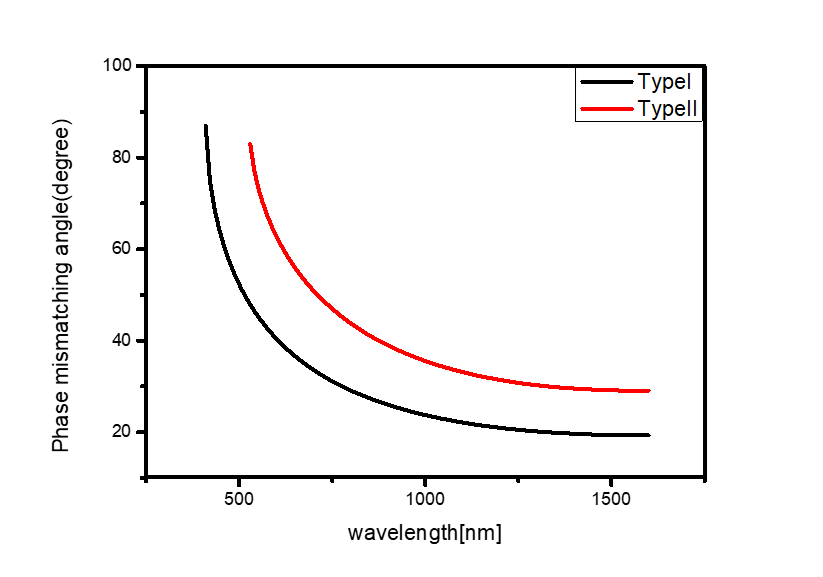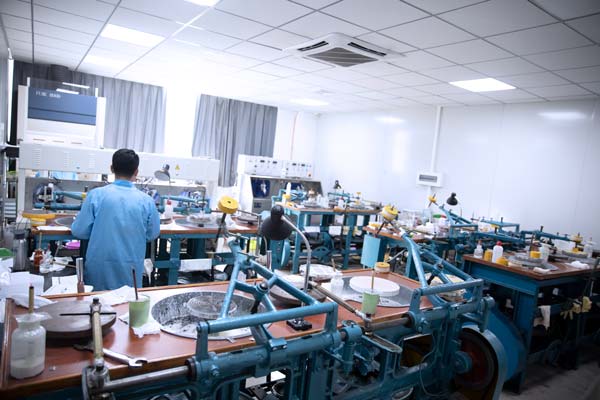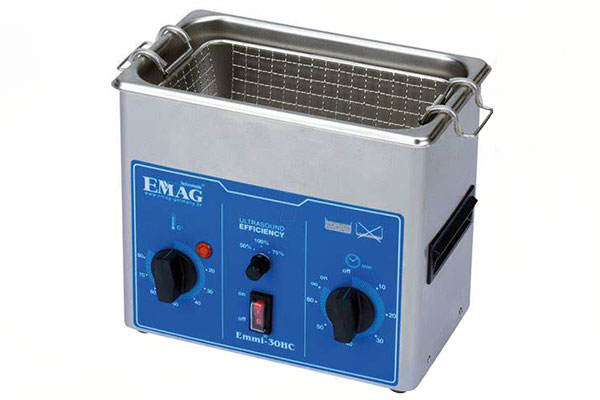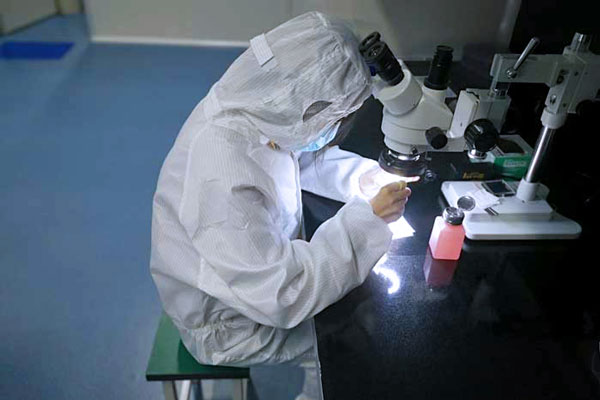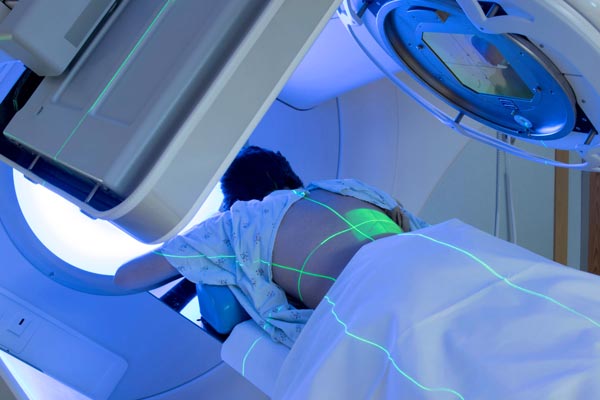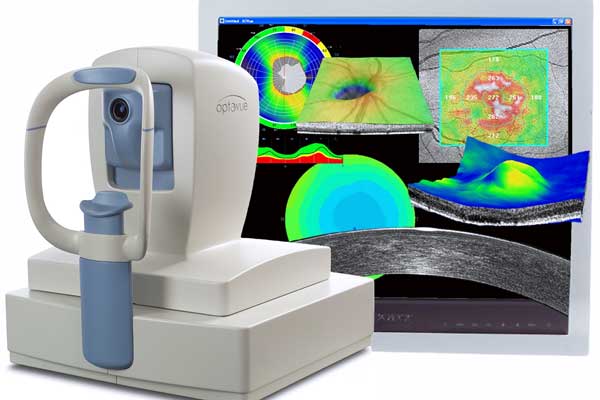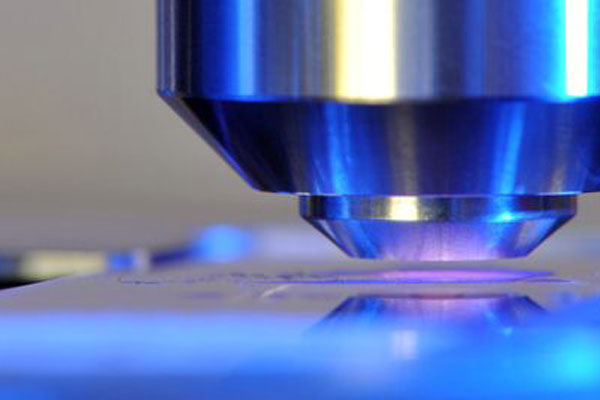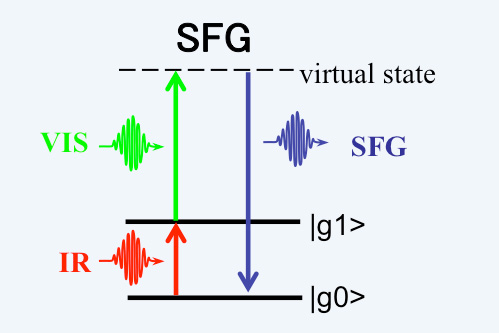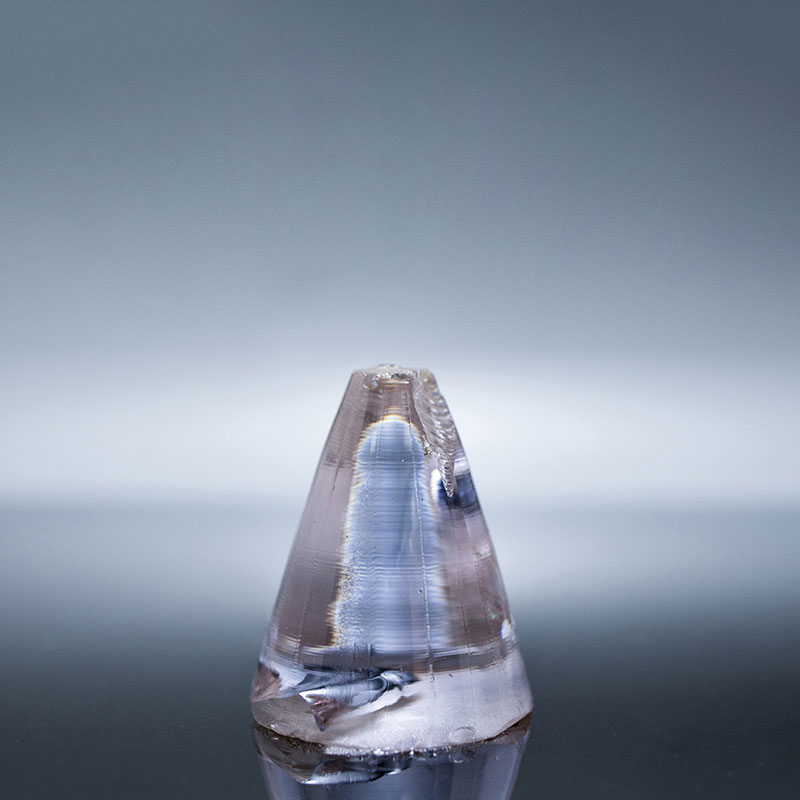Mastering BBO SHG Efficiency: Tips and Tricks for Optimal Performance (2)
The Mastering BBO SHG Efficiency: Tips and Tricks for Optimal Performance (1) discusses Beta-barium borate (BBO) and its application in second harmonic generation (SHG) experiments. BBO, a nonlinear optical crystal, is used due to its high nonlinear coefficient, wide transparency range, and excellent optical homogeneity. It covers the fundamentals, advantages, limitations, and applications of BBO SHG, such as microscopy, spectroscopy, and laser systems. The article also discusses the process of BBO crystal growth and the issues that could arise during this process. The experimental setup for BBO SHG, including laser source, optics, and beam shaping, are explained. Finally, it presents …
Mastering BBO SHG Efficiency: Tips and Tricks for Optimal Performance (2) Read More »

